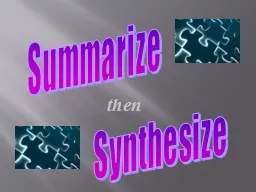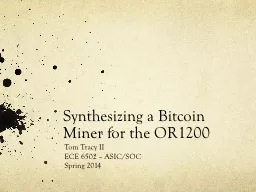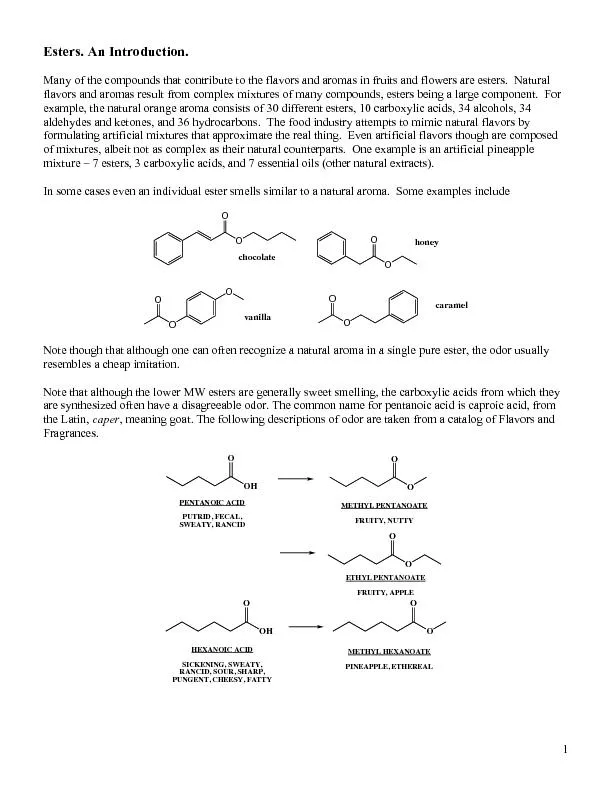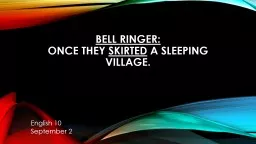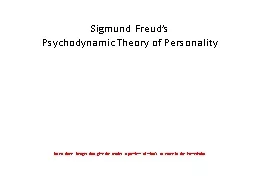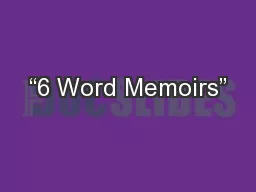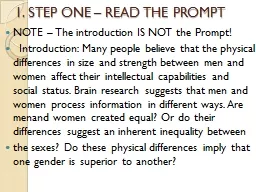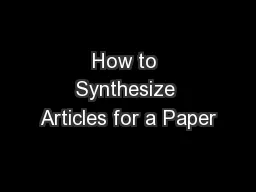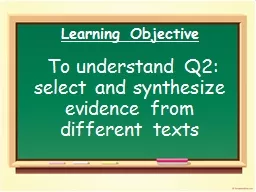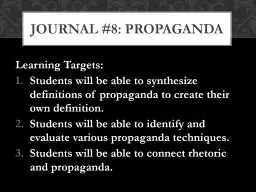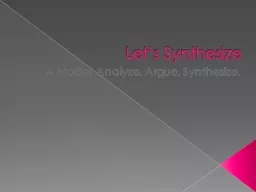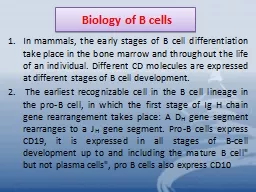PPT-then Summarize Synthesize
Author : sophia2 | Published Date : 2021-12-09
Summarize Connect to the Text What do you know about summarizing What words come to mind 2 How do you summarize What do we already know to create a clear concise
Presentation Embed Code
Download Presentation
Download Presentation The PPT/PDF document "then Summarize Synthesize" is the property of its rightful owner. Permission is granted to download and print the materials on this website for personal, non-commercial use only, and to display it on your personal computer provided you do not modify the materials and that you retain all copyright notices contained in the materials. By downloading content from our website, you accept the terms of this agreement.
then Summarize Synthesize: Transcript
Download Rules Of Document
"then Summarize Synthesize"The content belongs to its owner. You may download and print it for personal use, without modification, and keep all copyright notices. By downloading, you agree to these terms.
Related Documents

